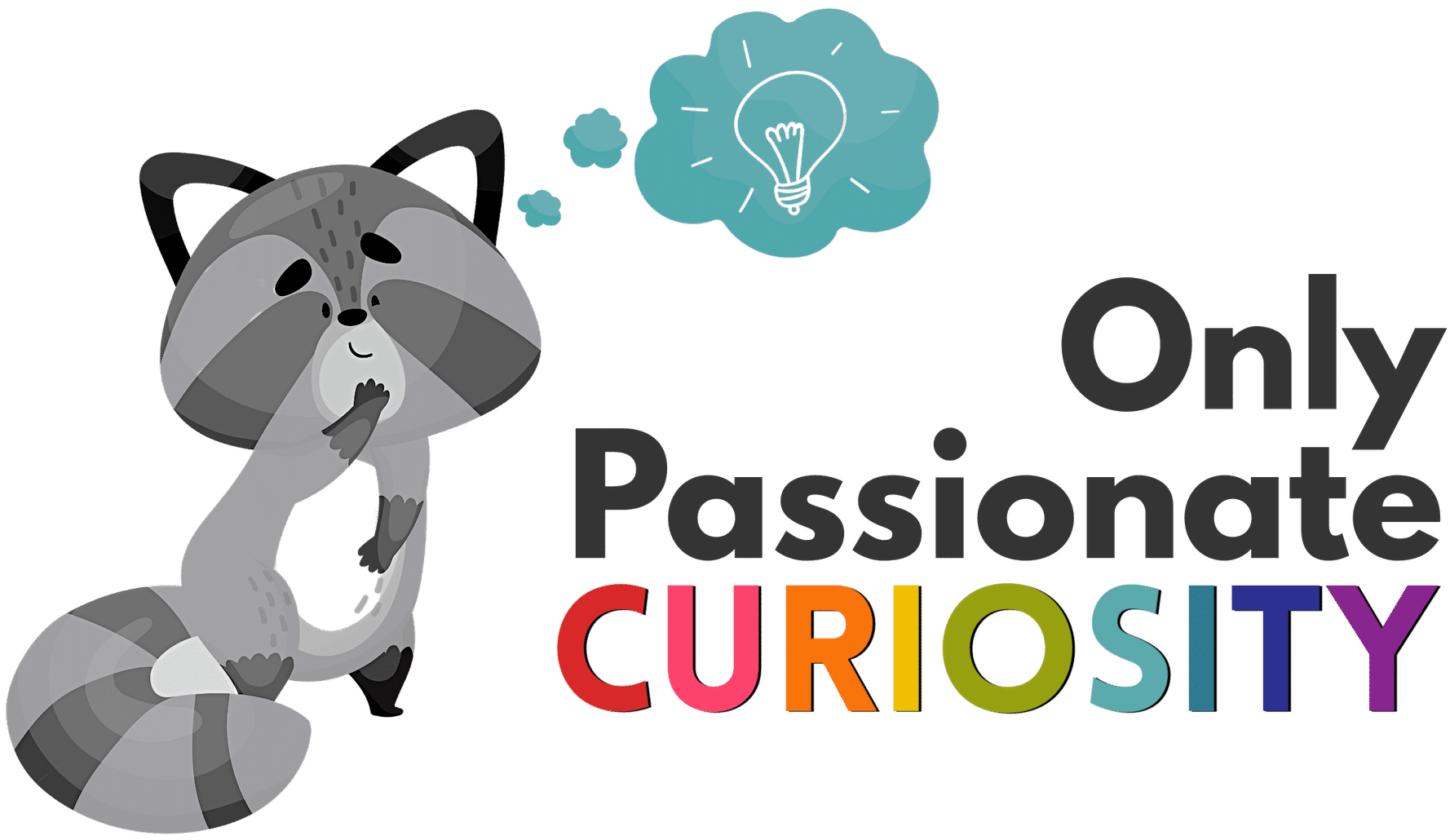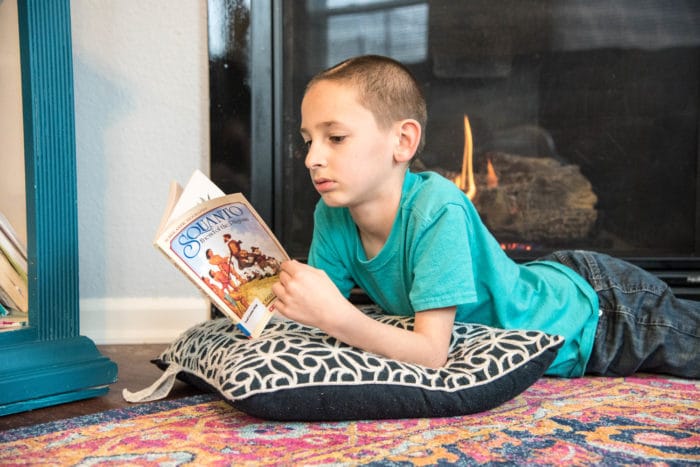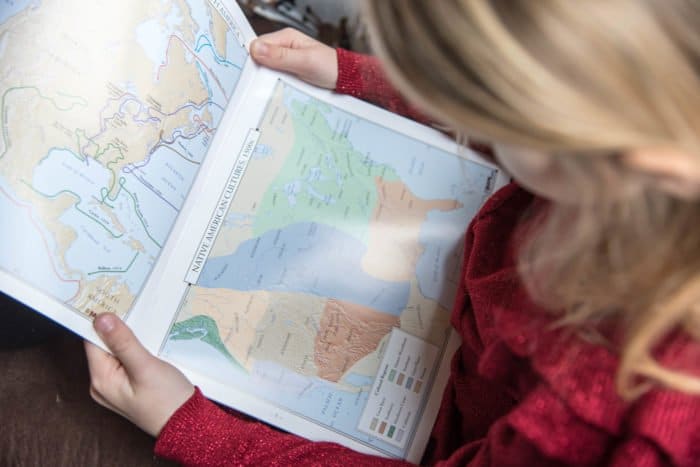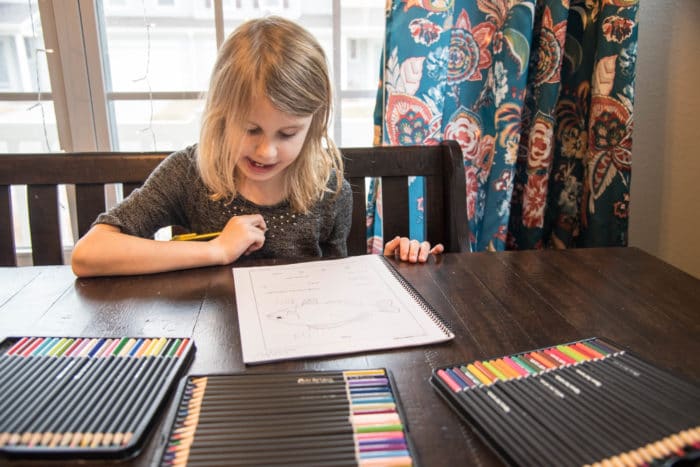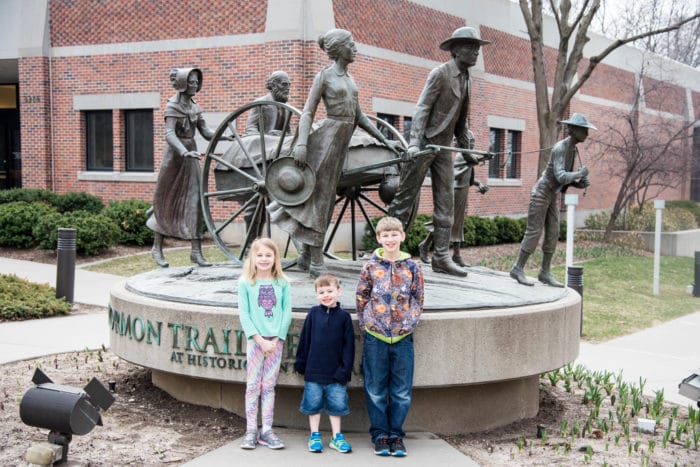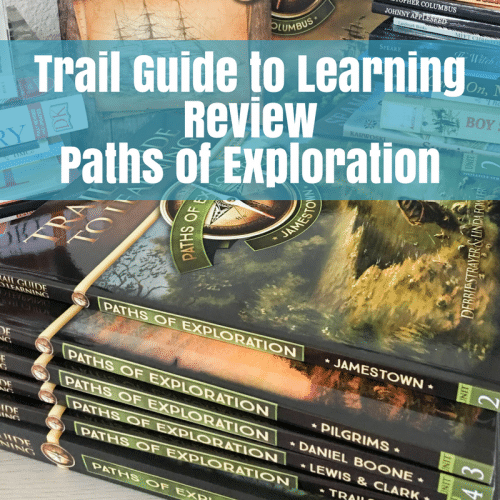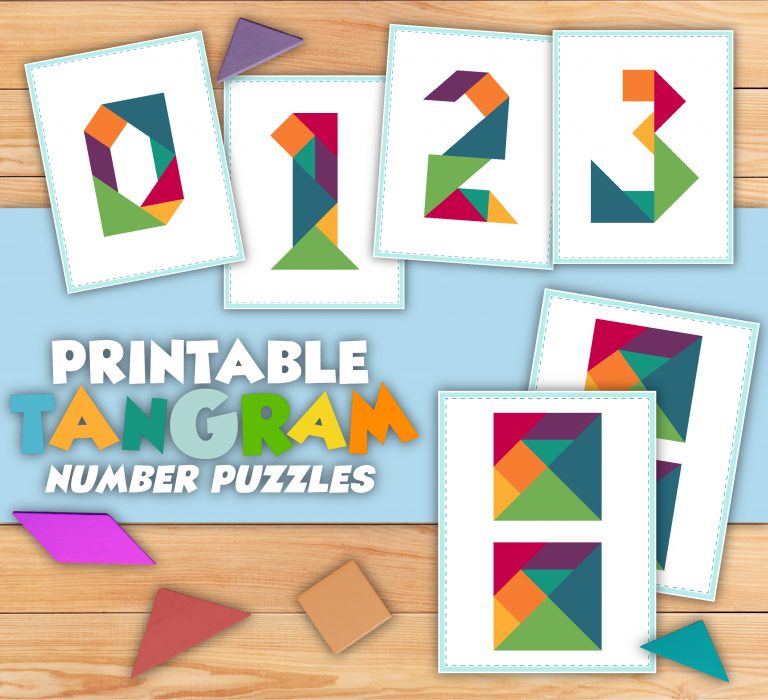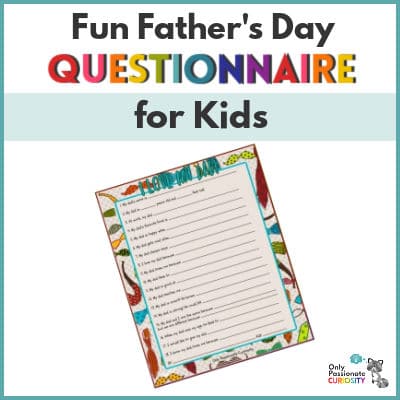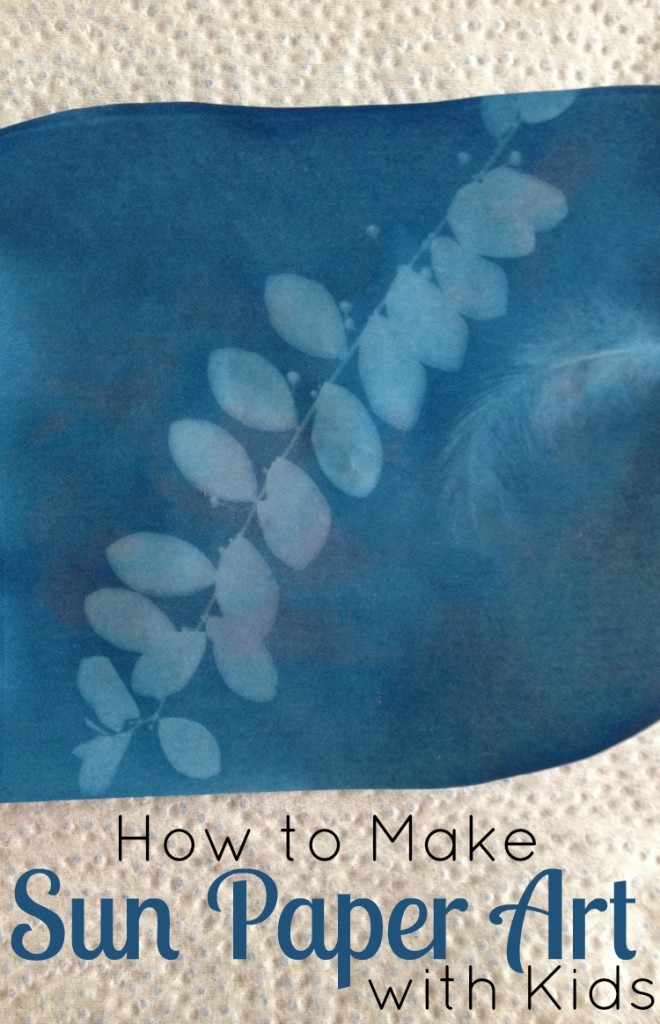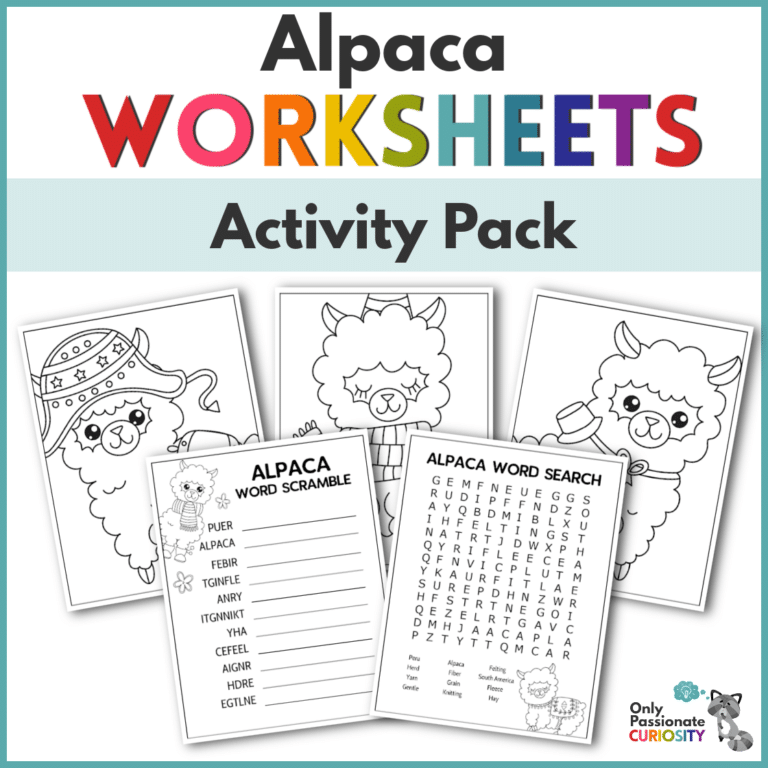A Week in the Life with Trail Guide to Learning
Today I wanted to take a moment to give you a closer look at how Trail Guide to Learning works in our home. It’s always helpful to read reviews, but it can be hard to see how programs work until you have a chance to really try them. Trail Guide to Learning is a full curriculum program and covers multiple age levels.
We are eclectic homeschoolers, meaning we mix and match and combine different programs to find what works best for each of my children. In the name of transparency, it’s important for me to note that we are not using this program as a complete program for all of our kids. However, for today’s post, I will share everything that has been scheduled by the program, so you can see the full picture. It’s also important for me to note that this program is a full, complete, wonderful program and I do recommend it for families looking for a complete, out-of-the-box resource.
Now, without further introduction or explanation – here is a look at a week in the life with Trail Guide to Learning!
Trail Guide to Learning: Paths of Exploration (Unit 3, Week 1)
Trail Guide to Learning is literature based, so each day, reading is assigned. There is a read-aloud book and an independent reader. This week, the read-aloud for the core program was Stories of the Pilgrims and the reader was Squanto, Friend of the Pilgrims.
The program contains multiple age levels, so Doodle is the only one using this reader. In the junior supplement, we have picture books included, and the middle school supplement includes additional challenging reading and assignments to go along with it. Word Study accompanies the independent reading, and the kids are encouraged to write down important words they come across in their books as well as spelling words in a notebook. Each day, word study is a little different. This week, we focused on parts of speech and identified pronouns, and learned about antecedents.
Language arts includes a copywork & dictation passage each day. The passage is a short paragraph, and through it, the kids will practice writing complete sentences, grammar, punctuation, spelling and more. With the read-aloud, discussion questions are included. Read aloud time is a great opportunity for the kids to practice their reading skills, and can be done over breakfast or lunch.
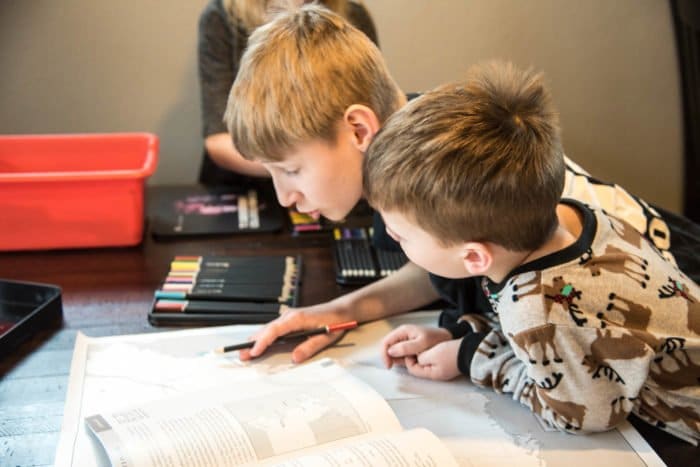
Trail Guide for Learning also includes plenty of geography practice. We have a large map of the United States that we are learning to write down the places and events that we are learning about. In the first lesson, we learned new geography terms (strait, shore) and learned about different kinds of maps (physical and political maps). We learned about ports, harbors, what a fathom is.
The kids had independent assignments as well. We write about what home means to us, which things make us feel at home, and what we would take with us if we needed to pack up and move like the pilgrims did. I think my kids have a better understanding of what this feels like more than most, especially when you consider Emmy has lived in 7 houses in the 6.5 years she’s been alive! For art, the kids were assigned to make a collage of pictures that show what they love about their home.
Science this week has been focused on nature study, which was a little challenging because this is the longest, coldest winter Nebraska has seen in a long time. We even got some snow this weekend! We’re looking at the wildlife guide and learned about ducks and oak trees this week. We are anxiously watching our own trees for signs of spring and will have to come back to our nature guide when Nebraska starts to come back to life.
Our challenge with winter getting in the way of our nature studies is actually pretty perfect. Day 5 in the curriculum is set aside for completing work or for enrichment, so we often use it for field trips. We fit in a field trip this week to the Winter Quarters museum here in Omaha where the Mormon pioneers set up camp for the winter on their trek across the country. Nebraska winters are harsh and long, and it made perfect sense to the kids that the pioneers would want to stop and wait out the cold here. They enjoyed seeing the covered wagons and a little log cabin like the families would have stayed in at Winter Quarters.
Overall, the week goes smoothly with Trail Guide for Learning. As you can tell, most of our time is spent on language arts, with history and geography taking the next biggest amount of time, followed by science and art. I love that room is left for adventures and family time, and the kids love that it’s gentle and flows well together.
Read our full Trail Guide to Learning review!

